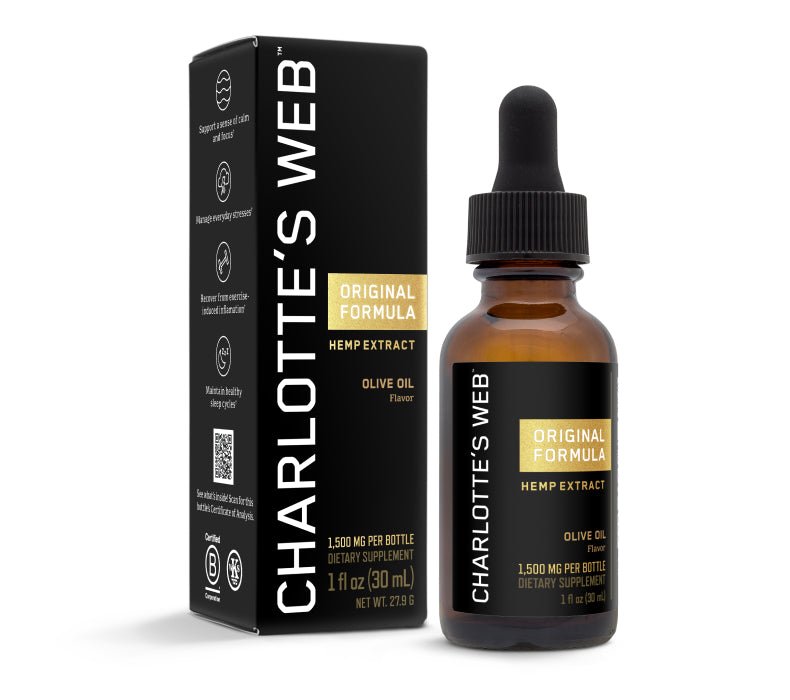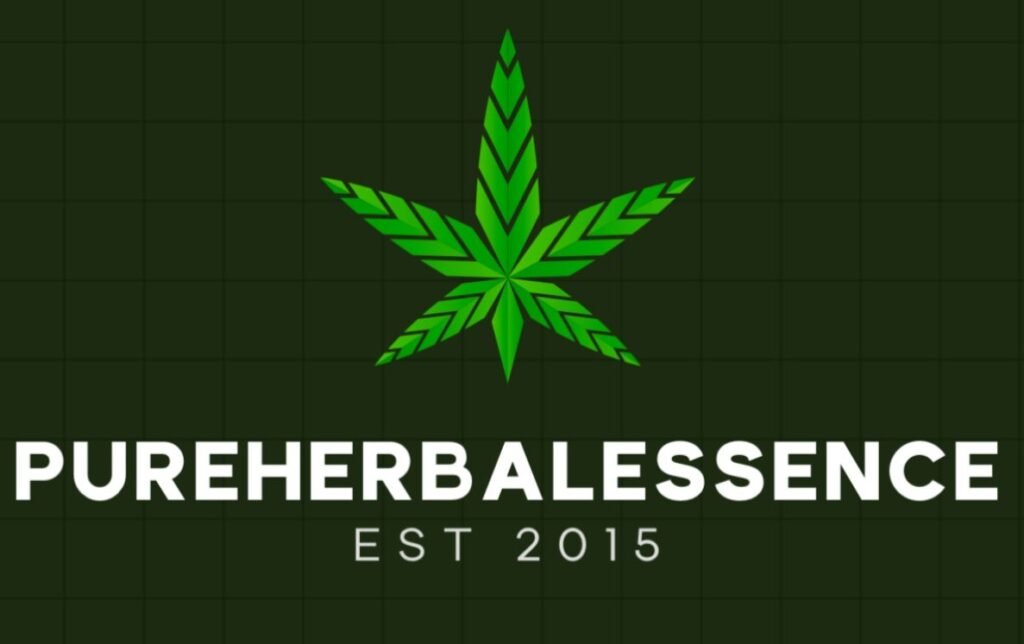Uncategorized
Understanding Cannabis Microdosing: Benefits and Techniques
The practice of cannabis microdosing has evolved from an underground experiment to a refined wellness strategy, offering users a way to harness the plant’s benefits without overwhelming psychoactive effects. In 2025, cannabis microdosing experiences are being shared by everyone from busy professionals to chronic pain patients, all seeking the sweet spot where therapeutic effects meet mental clarity. This comprehensive guide explores the science-backed benefits of cannabis microdosing, provides a detailed microdosing cannabis guide, and reveals the most effective microdosing techniques 2025 has refined. Whether you’re new to how to microdose THC or looking to optimize your current regimen, this deep dive into low-dose THC benefits and precision cannabis dosing will help you navigate this nuanced approach to consumption.
The Rise of Cannabis Microdosing in 2025
Microdosing—the art of consuming minimal, sub-perceptual doses of cannabis—has gained mainstream traction as users move away from high-THC intoxication toward functional, controlled benefits. Unlike traditional consumption, which often prioritizes intensity, cannabis microdosing experiences focus on subtle enhancements: improved focus, mild pain relief, and anxiety reduction without impairment. This shift aligns with broader wellness trends favoring balance and intentionality, making microdosing particularly appealing to professionals, parents, and health-conscious consumers.
What sets 2025 apart is the sophistication of microdosing techniques 2025 innovators have developed. From nanoemulsified tinctures that offer consistent absorption to AI-powered dosing apps that track individual responses, the tools available today make precision easier than ever. The growing body of research on low-dose THC benefits has also legitimized the practice, with studies showing advantages for conditions like ADHD, inflammation, and even creative problem-solving when used strategically.
The Science Behind Microdosing: Why Less Can Be More
The effectiveness of microdosing lies in the body’s endocannabinoid system (ECS), which regulates mood, pain, and cognitive function. Unlike high doses of THC that overwhelm CB1 receptors (leading to intoxication), precision cannabis dosing gently stimulates the ECS, promoting homeostasis without disruptive highs. Emerging research highlights several key mechanisms:
- Biphasic Effects: THC exhibits biphasic properties, meaning low doses (1-5mg) may reduce anxiety while higher doses exacerbate it. This explains why many report better stress management with microdosing.
- Neuroplasticity: Preliminary studies suggest regular, minimal THC exposure could enhance brain adaptability—potentially benefiting learning and mental flexibility.
- Anti-Inflammatory Action: Even small amounts of THC and CBD activate CB2 receptors, modulating immune responses that cause chronic pain and inflammation.
These findings underscore why cannabis microdosing experiences vary so dramatically from traditional use. It’s not about feeling “high”—it’s about unlocking the plant’s therapeutic potential at doses that integrate seamlessly into daily life.
Benefits of Cannabis Microdosing: Beyond the Hype
Those who master how to microdose THC report a wide array of benefits, many of which are now supported by clinical observations:
Enhanced Focus and Productivity
Low-dose sativa-leaning strains or THC-variant compounds like THCV are being used as concentration aids. Unlike stimulants, which can cause jitters, sub-perceptual cannabis use offers a calm alertness ideal for creative tasks or marathon work sessions. Tech workers in particular are embracing this approach, with some Silicon Valley circles swapping afternoon coffee for 2.5mg cannabis mints.
Mood Regulation and Anxiety Relief
For individuals with generalized anxiety or PTSD, low-dose THC benefits include reduced rumination without sedation. Products combining 1:1 THC:CBD ratios are proving especially effective, as CBD tempers THC’s potential to provoke anxiety at slightly higher doses.
Pain Management Without Impairment
Chronic pain sufferers are finding that precision cannabis dosing allows them to maintain functionality while keeping discomfort at bay. Transdermal patches delivering 0.5-2mg THC per hour provide steady relief for conditions like fibromyalgia, while arthritis patients use microdosed topicals for targeted application.
Improved Sleep Onset
Unlike traditional sleep aids that cause grogginess, 1-2.5mg of an indica-leaning edible taken 90 minutes before bed helps quiet the mind without next-day fog. This functional microdosing approach is gaining popularity among insomniacs who’ve struggled with prescription medications.
Social Lubrication
A emerging trend in cannabis microdosing experiences is the use of 1-3mg THC for social anxiety. Users report feeling more present in conversations without the self-consciousness or overthinking that higher doses can trigger.
How to Microdose THC: A Step-by-Step Guide
Mastering microdosing techniques 2025 style requires patience and systematic experimentation. Here’s the protocol refined by clinicians and experienced microdosers alike:
Step 1: Choose Your Delivery Method
- Tinctures/Oils: Allow for 0.25mg incremental dosing; ideal for beginners
- Edibles: Provide longer-lasting effects but require careful portioning
- Vaporizers: Offer immediate effects but demand precise temperature control
- Transdermals: Deliver steady release over hours with no psychoactive peaks
Step 2: Establish Your Baseline
Start with 1mg THC (or 0.5mg if sensitive) and wait 2-3 hours before considering more. The goal is sub-perceptual cannabis use—effects should be felt as subtle shifts rather than obvious changes.
Step 3: Track and Adjust
Use a journal or app to record:
- Time of dose
- Strain/cannabinoid profile
- Effects (positive/negative)
- Duration
Most users find their optimal dose falls between 1-5mg THC, often with CBD to modulate effects. Those using for pain may require slightly higher thresholds.
Step 4: Refine Your Protocol
After 1-2 weeks of data collection, patterns will emerge. Adjust:
- Timing: Morning doses may differ from evening
- Ratios: Some prefer 1:1 THC:CBD while others thrive on THC-dominant microdoses
- Frequency: Many find 2-3x daily maintains stable benefits
Advanced Microdosing Techniques 2025
Beyond basics, cutting-edge approaches are emerging:
Stacking Cannabinoids
Combining microdoses of THC with CBG (for focus) or CBN (for relaxation) creates tailored effects. “Nootropic stacks” with lion’s mane or L-theanine are also gaining traction.
Circadian Dosing
Aligning doses with natural cortisol rhythms—e.g., sativa microdoses at 9am, indica at 9pm—optimizes energy and sleep cycles.
Pulsed Microdosing
Alternating days (e.g., 3 days on, 2 days off) prevents tolerance while maintaining benefits—a technique borrowed from psychedelic microdosing.
Real-World Cannabis Microdosing Experiences
Personal accounts reveal the practice’s transformative potential:
- Sarah, 34 (Graphic Designer): “2.5mg of a limonene-dominant strain with my morning tea eliminates creative blocks without affecting client meetings.”
- James, 52 (Chronic Pain Patient): “1mg THC/5mg CBD tincture every 4 hours lets me garden again without opioid side effects.”
- Aisha, 28 (Anxiety Sufferer): “Microdosing 1:1 gummies before dates removes my social paralysis—I feel like my authentic self.”
These cannabis microdosing experiences highlight the practice’s versatility across demographics and needs.
Potential Pitfalls and How to Avoid Them
While generally safe, microdosing isn’t without challenges:
- Titration Trouble: Starting too high (5mg+) can lead to unintended highs. Use droppers with marked measurements or pre-dosed products.
- Strain Sensitivity: Sativa microdoses may energize some but anxiety others. Always test new strains cautiously.
- Legal Considerations: Workplace drug tests may still detect THC metabolites even at microdose levels.
The Future of Microdosing
As research continues, expect:
- Genetic Testing: DNA kits predicting ideal cannabinoid ratios
- Smart Dispensers: IoT devices that auto-dose based on biometric feedback
- Pharma Collaborations: FDA-approved microdose formulations for specific conditions
FAQ: Microdosing Essentials
1. Can microdosing cause tolerance buildup?
Yes, but slower than regular use. Periodic breaks (1 week/month) resets sensitivity.
2. Are there non-psychoactive microdosing options?
CBD-dominant microdoses (5-10mg) offer therapeutic benefits without THC’s effects.
3. How long until microdose effects are noticeable?
Tinctures: 15-45 mins; edibles: 45-90 mins. Effects last 3-6 hours typically.
4. Can you microdose with flower?
Possible but imprecise. One puff from a low-THC strain (10-12%) may deliver ~2mg THC.
Final Thoughts
The art of how to microdose THC represents cannabis culture’s maturation—from recreational excess to refined self-optimization. As cannabis microdosing experiences continue to validate its benefits for focus, pain, and wellbeing, this practice will likely become as normalized as morning coffee rituals.
For those curious to begin, remember: start low, go slow, and let your body’s responses guide you toward your perfect precision cannabis dosing sweet spot.

